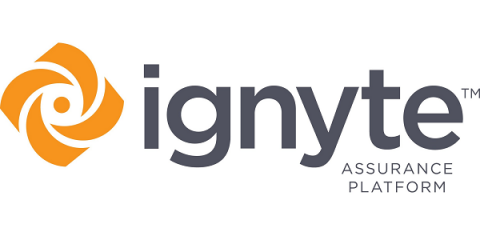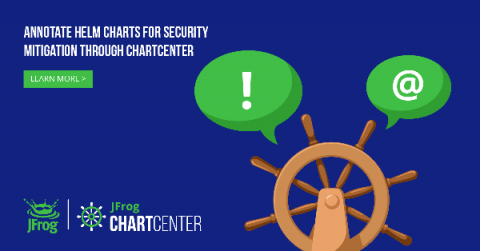Bridging the Gap Between Designers and Developers
Designing software is tough. Whether you’re a designer, a product manager, or an engineer, we all play a major role in what the end user gets their hands on. Perhaps one of the most critical pieces on the journey to making great software is the relationship between designers and developers. When software is done right, it’s easy, intuitive, and a joy to use. This is no accident - it’s very intentional and it often takes countless iterations to get products to look and feel great.










